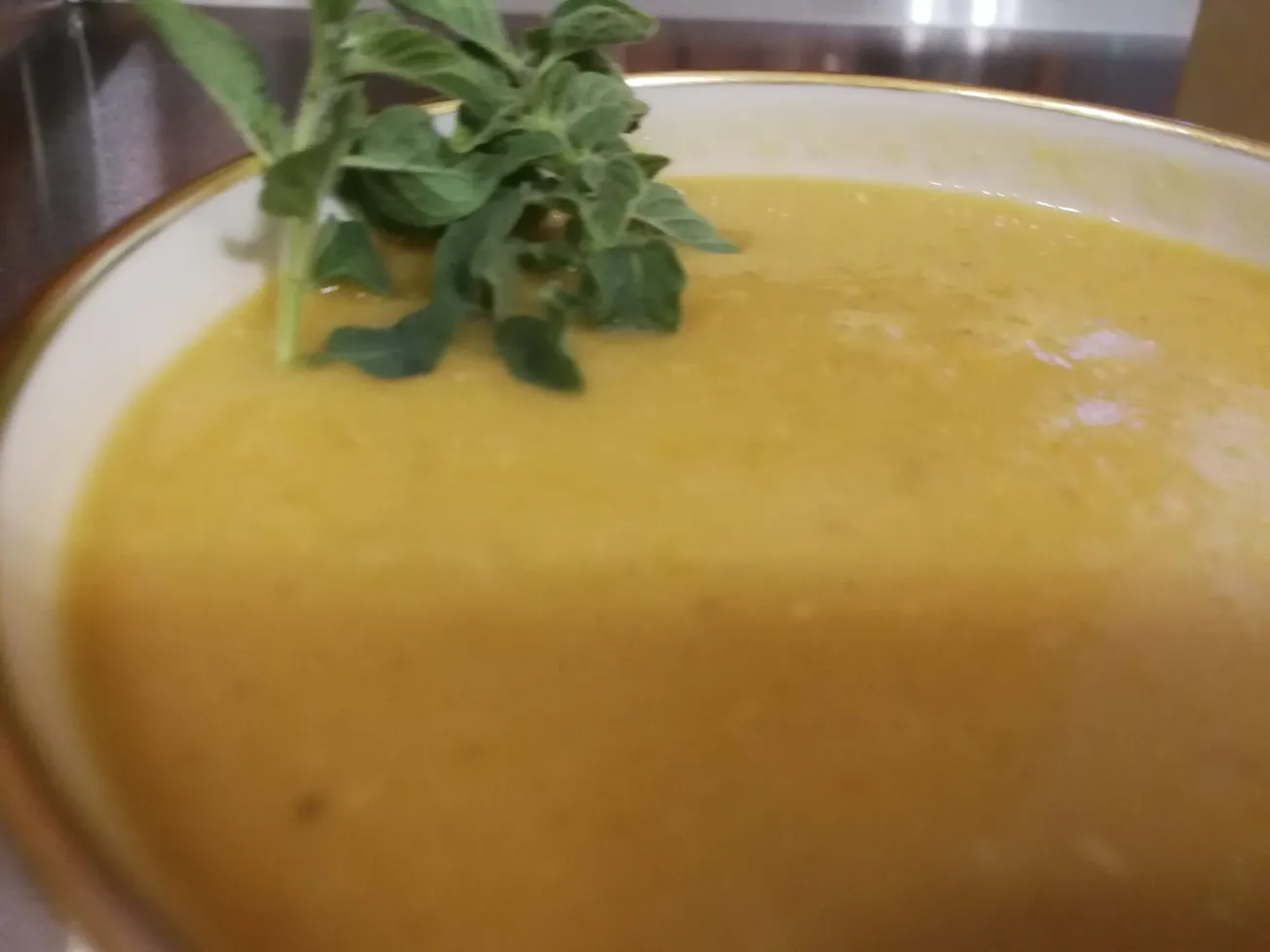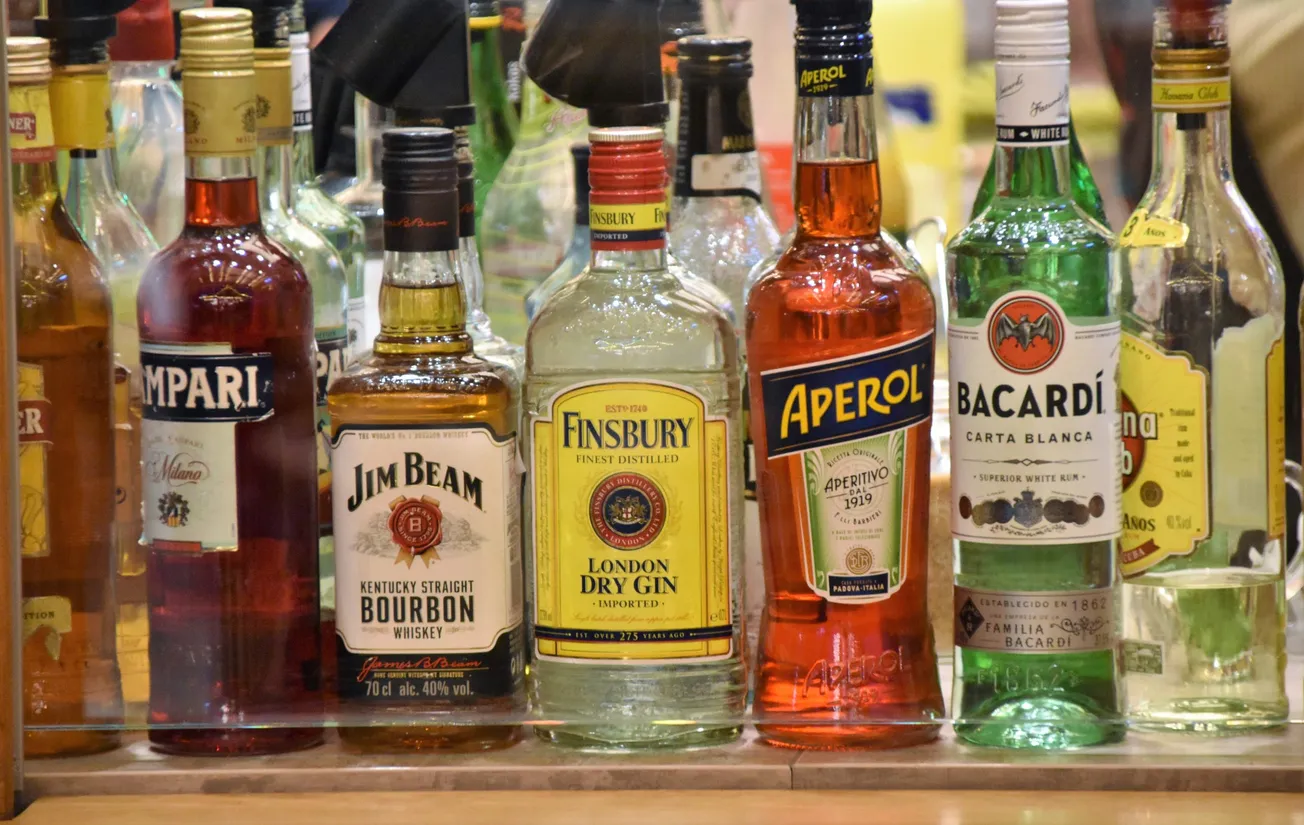Daniel Goldwater
Chef CMRJ and currently acting Chef CMRH
Jerusalem
Israel
This is my second post on soups, I didn’t really give it enough thought last time, but “soups” were once an integral part of the broad culinary world of both fine dining and family meals at home (think back oldies). Chefs prided themselves on the clarity of their broths and the richness of their chowders, families had an easy food solution they called soup Sunday or even soup before every meal. When setting tables the soup spoon was always set to the right of the knife, children were raised on the etiquette of eating soup properly tilting the soup plate toward the centre of the table, no slurping or excessive trough sounds were allowed, although if my memory serves me right toast strips soaked in butter were permitted for dipping and fleshing out that very thin Campbell’s Tomato soup meal we used to “enjoy” on Sundays.
Soups have been around a very long time indeed. The first evidence of humans supping on soup dates back to about 20,000 BCE when the first clay waterproof vessels started to appear, which allowed more primitive types (our predecessors) to heat water and add whatever they could find to put in it to stave off the hunger pangs amongst the grizzling little urchins of the time. Soups allowed vitamins, proteins and carbohydrates to be stretched a little bit further beyond the physical grain, cube of meat, bone or slice of vegetable by infusing the soup water with all that unbelievable goodness.
While soups have been around for almost ever, it takes Paris, New York or London to officially define a trend or fashion; thus it is generally agreed that soups became part of the modern “official” culinary world in the eighteenth and nineteenth century. The word Soup comes from the French soupe or “broth”, that began to be served in eateries throughout Paris and then Europe during this period.
In the early twentieth century, when canning things became the new “cool” technology to preserve food, pre-made soup mixes made their way into the pantries of Middle America and everywhere else in the growing affluent “West”. Campbell’s (the pop art icon, by Andy Warhol) and other brands made a killing for almost one hundred years. Today they are all in steep decline as soup disappears from the menu and consciousness at both home and in the culinary world, being exchanged for everything exotic from tapas to gyoza in restaurants and by McDonalds, Pizza Hut and KFC takeaway at home.
Here in the Middle East and Med. the quintessential soup would have to be lentil soup. Full of protein, thick in its presentation, it would not only fill that unfillable hole, but it would also provide much-needed protein that otherwise only expensive meat, fish, dairy or poultry could provide. Cheap and easily stored in its dried form, lentils became the wonder food for entire regions, cultures and millennia (no relation to Trump).

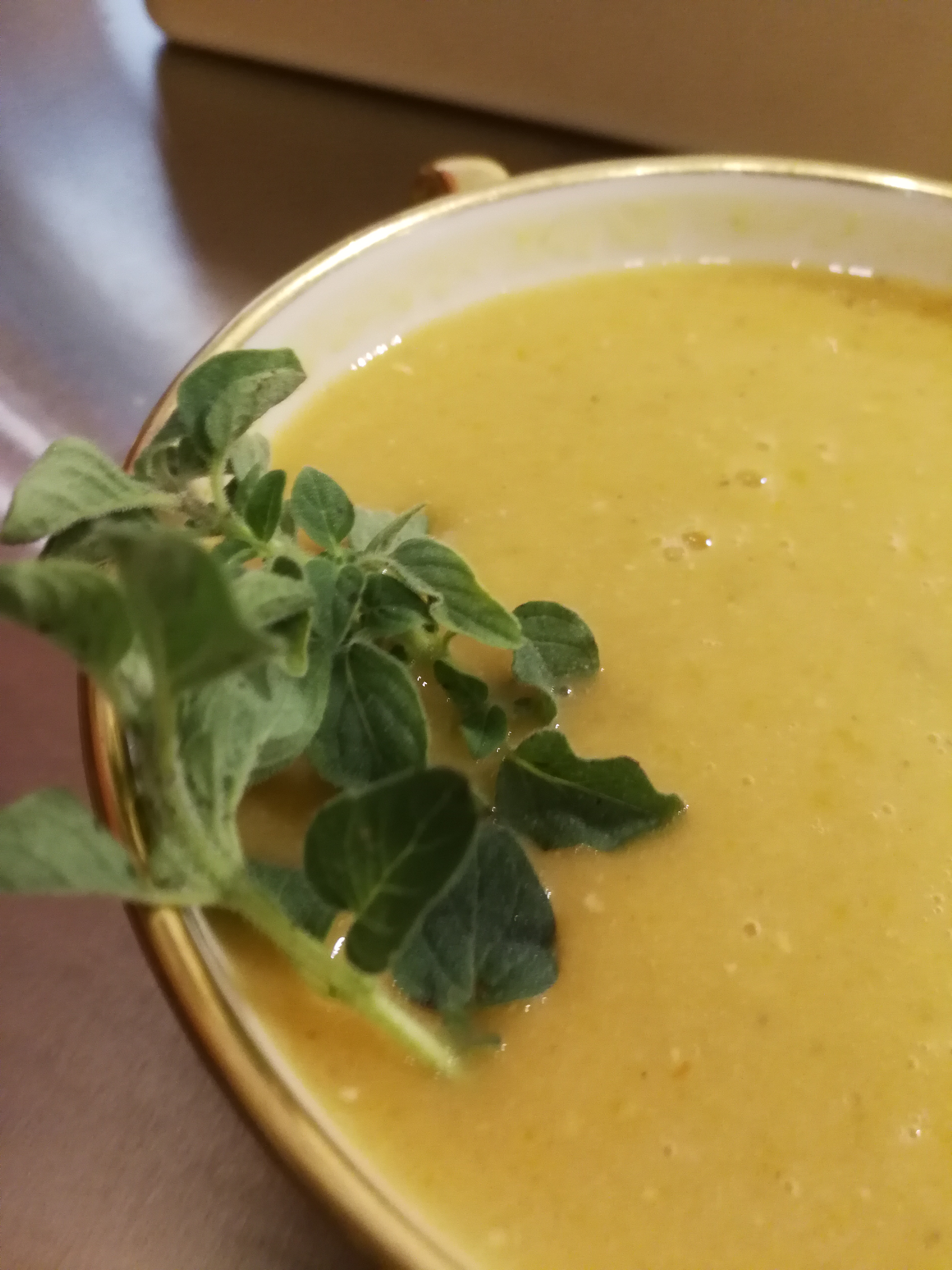
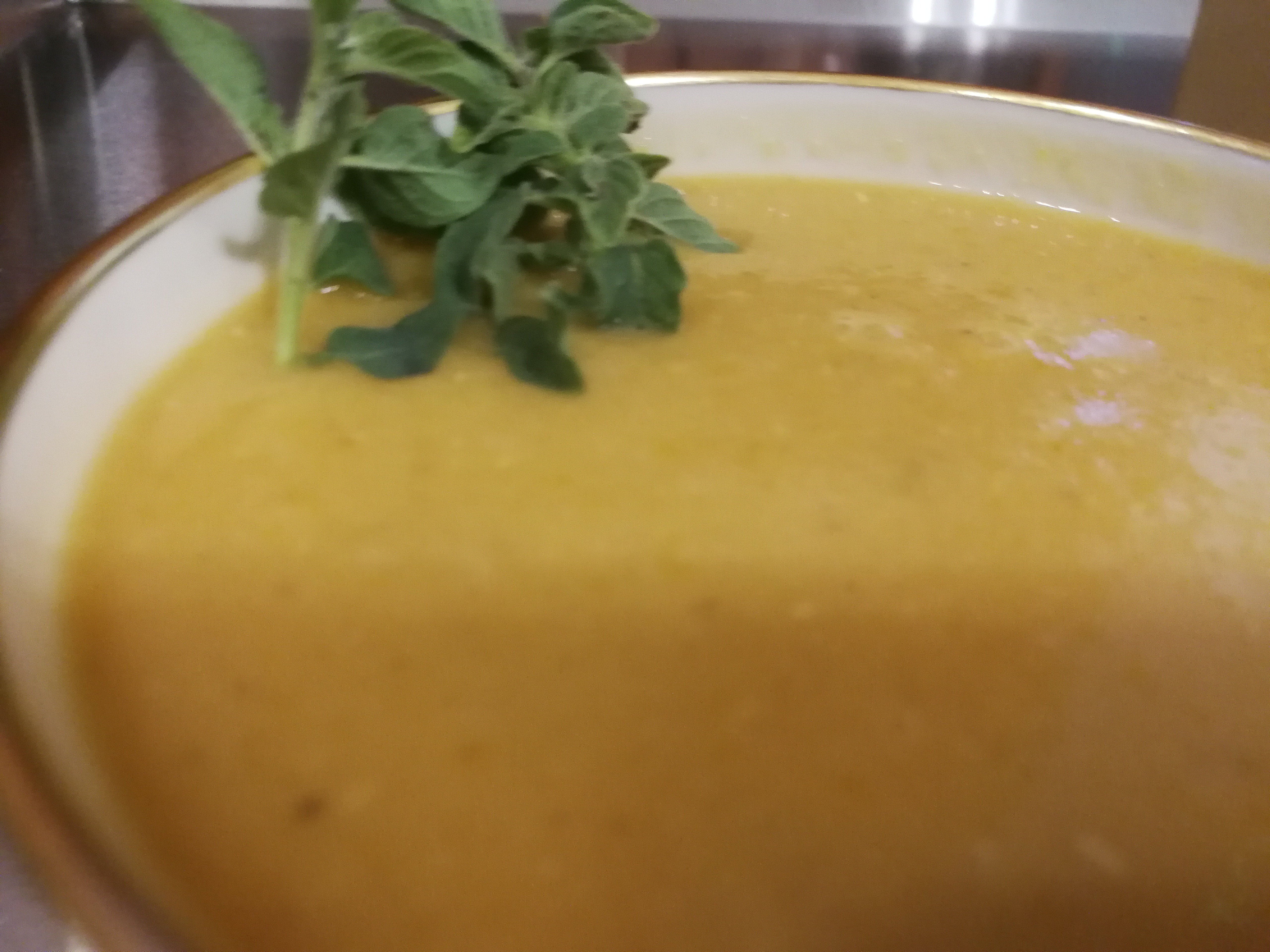
Red Lentil Soup with Lemon (feeds 8-10)
This one is tasty and a full hearty meal in itself.
Ingredients:
- Red Lentils x 500 gram
- Onion diced x 1
- Shluck of olive oil
- Celery sticks finely diced x 4
- Carrot peeled and cubed small x 2
- Zest and some juice of one lemon
- 3 teeth of garlic crushed
- 1 teaspoon cumin
- 2 large tablespoon of Tomato paste
- Salt & Pepper
- 2 -2.5 litres of water (can also use vegetable or chicken stock)
Method:
Oil in pan, add diced onions, sauté until clear, add 2 x garlic teeth crushed, toss for 1 minute, add celery and carrots, toss for 1 minute, add tomato paste, cumin and then Red Lentils, stir, add boiling water x 2 litres then a pinch of salt and pepper, add lemon zest and half the lemon juice. Let the soup cook for 15-20 minutes, add additional water if deemed necessary, remove from heat, add 1 crushed garlic tooth and grind. Taste for salt & pepper and lemon, add more lemon juice if needed. Ready to serve.
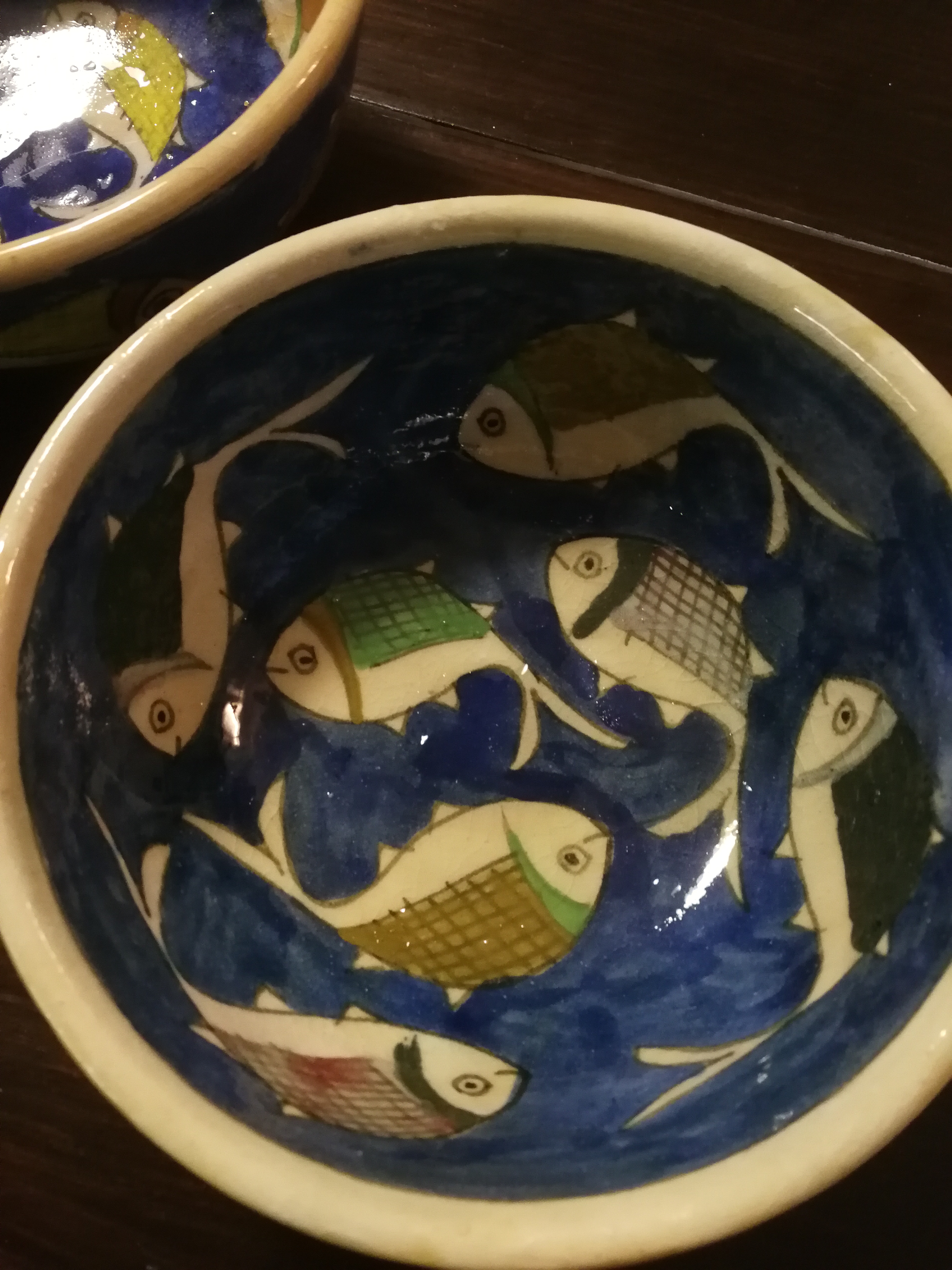
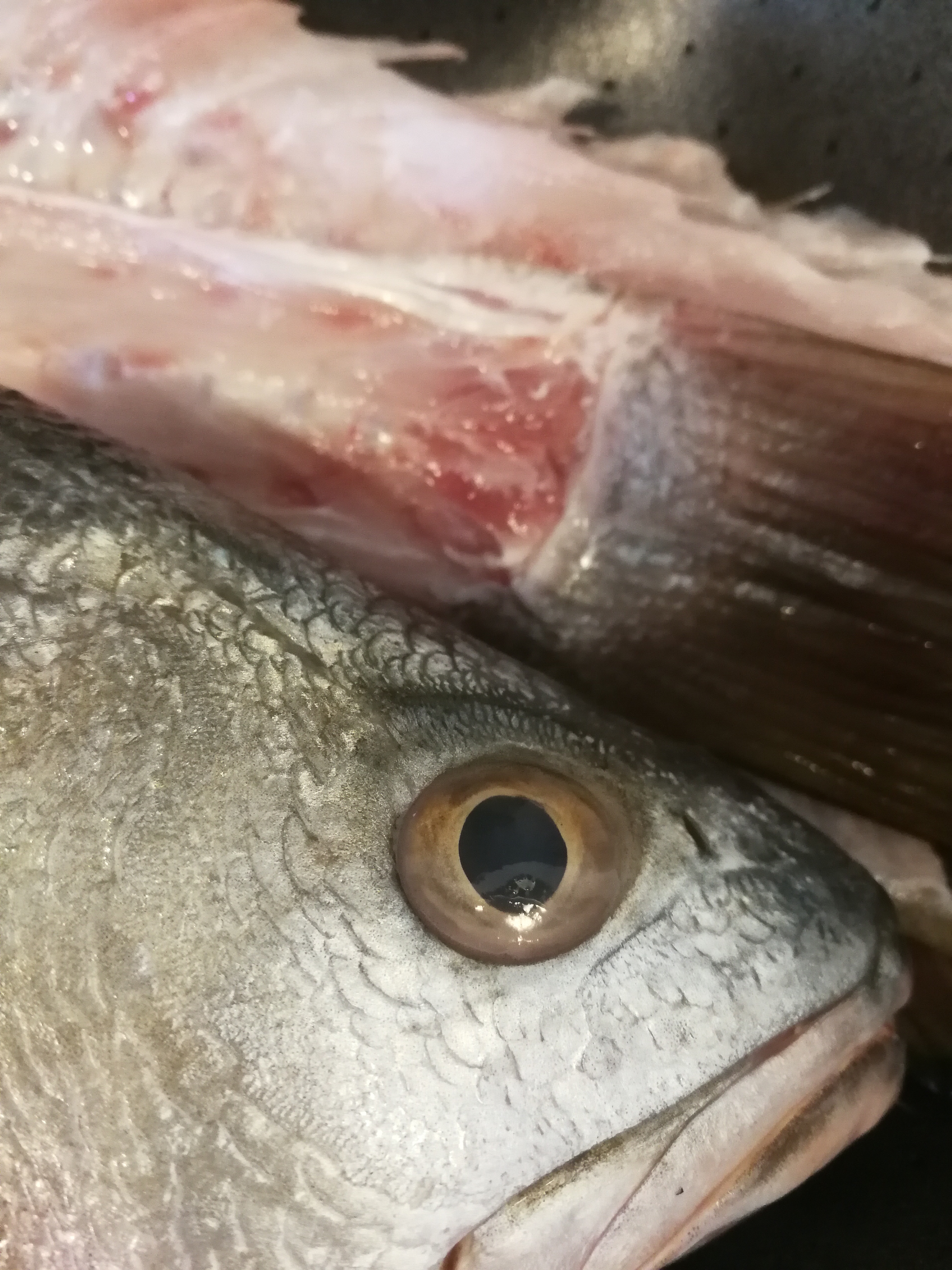

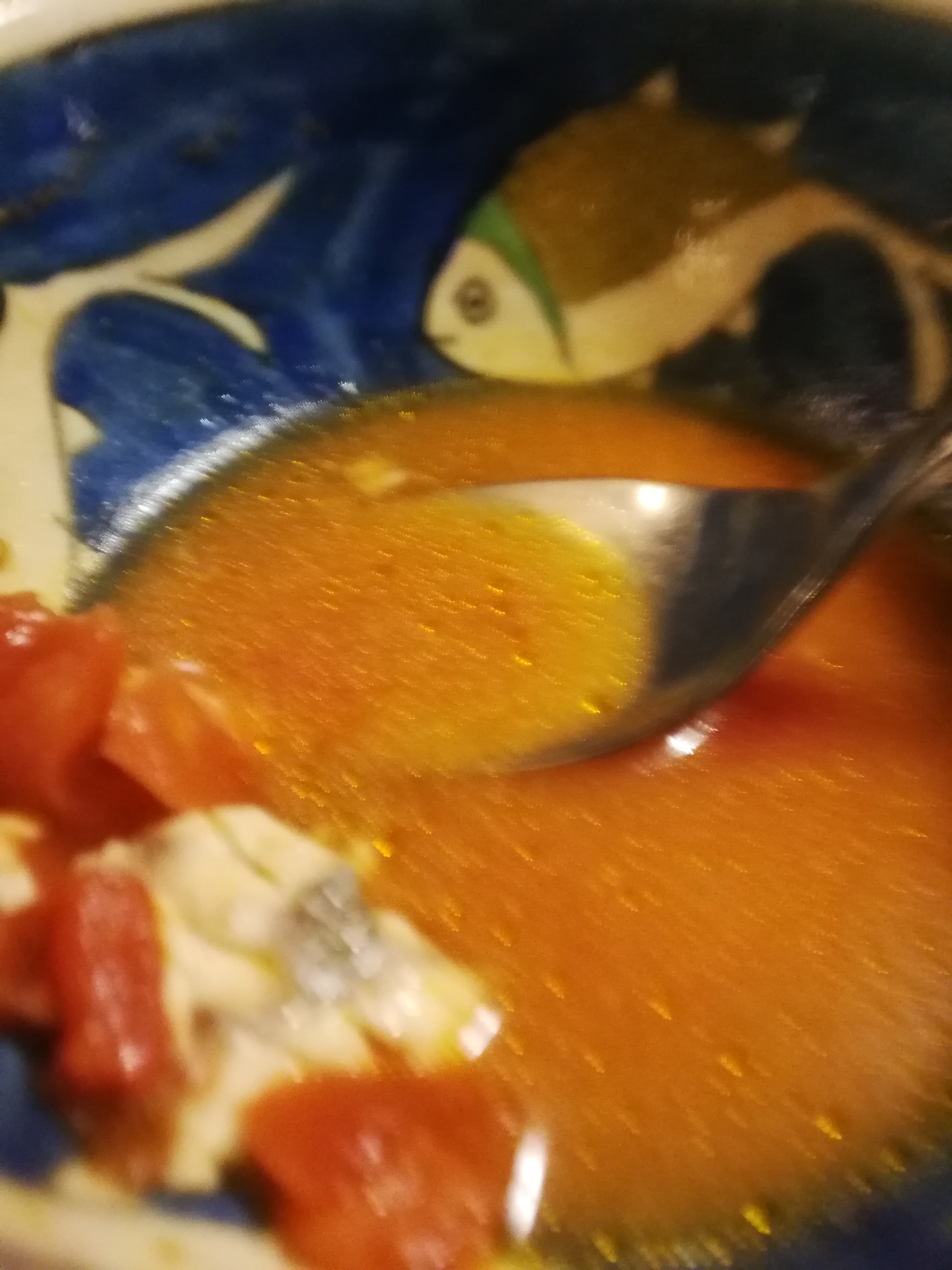





Bouillabaisse (Merav Variation)
Well this one has Med. pedigree through and through, originating in the Mediterranean port city of Marseille, obviously crafted and becoming popular before this French Med. city became part of North Africa.
Bouillabaisse is a traditional Provençal fish stew (soup). Its name consists of two verbs and literally means to boil and to reduce heat and simmer. It is traditionally made with all those fish the fishermen couldn’t sell like scorpionfish, rockfish, mullet and hake. In non Kosher kitchens inedible shell fish are also tossed into the mix and add their flavours to the traditional pot. As the Mediterranean Sea is surrounded on three and a half sides by landmass the sea harvest has always been a significant point of protein for the coastal communities, hence all those quaint and not so sea worthy looking blue and white fishing vessels one sees tied up in all those tourist spots in front of the restaurants.
The bouillabaisse is usually made in several parts and served together. The fish stock from the inedible fish is boiled and spices added, a second soup made from tomato and saffron (some like it heartier and add cubed potatoes). The edible fish itself is cooked separately in the sieved and finished stock, then added to the tomato soup. Stock is added to the tomato soup to your desired taste; it is made from cooked fish odds and ends and is full of natural gelatine from the fish bones. If you add all the stock the mixture will be undesirable and sticky.
Ingredients: Fish stock
- Skeleton and head from 1.5 Kg fish
- Fillets of fish cubed large
- Bay leaves x 2
- Pepper corns whole x 6-7 pcs.
- English peppercorns x 2-3 pcs.
- Water 1 litre
- Salt to taste
- Ingredients: Tomato soup
- Onion diced x 1
- Peeled and cubed tomato x 4 or (1 can of Italian crushed tomato)
- Tomato juice x 2 cups
- Orange juice x 1/2 cup
- Bay leaves x 2
- Bunch of parsley tied and whole x 1
- Garlic cloves chopped x 2
- Salt & pepper to taste
- Saffron strands x 3
Method: Stock
Bring water to boil in medium sized pot, add all the ingredients except the cubed fresh fish, simmer for half an hour, skim off the scum that collects from time to time on the surface. Sieve the stock twice, ensuring there are no bits and pieces left over. Wipe out the pot, return the sieved fish stock to the pot, bring to boil again, reduce to simmer, add the cubed fish and simmer for ten minutes. Remove the cubes carefully adding to the tomato soup and add stock to the tomato soup to your own taste. Ready to serve. Apooof! As the French have a tendency to exclaim.
Its nice to do some toast with butter for eating with the soup. This will round it out to a full meal.
Bouillabaisse is best enjoyed fresh or same day. Not recommended for saving and reheating the next day.
Method: Tomato Soup
Dash of olive oil in pot, sauté the onion until clear, add tomato, cook together — stirring regularly for several minutes, add garlic, tomato juice, all other ingredients except the orange juice which is added after half an hour, cook for five more minutes after adding the orange juice, turn off, remove the bunch of parsley and the bay leaves then add stock to the tomato soup along with the fish. Voila !!!
Wow, that was an effort. I didn’t remember there was that much work involved in preparing bouillabaisse. Next week we will move back to the boot of Italy focussing on the toe and heel. Pizza por favor.!

